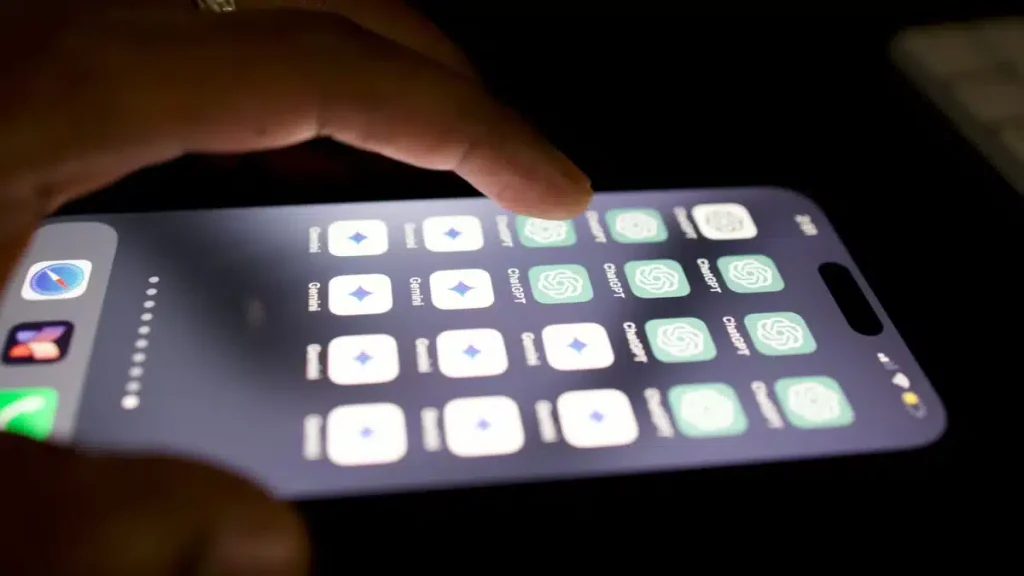Teachers Turn to AI, Sparking Backlash From Students

As schools and universities fight to curb cheating linked to AI tools like ChatGPT, a new, unexpected problem is emerging: teachers themselves are turning to AI, raising concerns about the quality of education.
While initially banning phones to prevent students from cheating with AI, institutions are now facing growing unease over the widespread use of AI by instructors. Teachers are using generative AI for everything from creating course materials to grading assignments. However, some students are discovering that their lessons and homework are riddled with AI-generated errors, which has led to backlash, as students feel like they’re not receiving the quality education they’re paying for.
A survey revealed that 35% of professors in the U.S. now use AI regularly, an increase from 18% the previous year. Many professors see AI as a valuable assistant, helping with tasks such as writing and providing feedback. However, some students argue that AI-driven content feels impersonal, incoherent, or overly generic, damaging the human connection they expect in a classroom.
While some professors, like Paul Shovlin from Ohio University, advocate for a balanced approach to AI, others are integrating it in ways that enhance the learning experience. At Harvard, Professor David Malan uses AI to answer basic student questions, allowing him to focus on more interactive teaching methods. Yet, when AI use becomes hidden or excessive, it undermines trust.
At Northeastern University, the controversy over AI usage led to a policy requiring professors to disclose and verify any AI-generated content. The challenge isn’t about the technology itself, but about maintaining the integrity of the educational process. AI should enhance education, not replace it. The key question remains: how do we ensure AI is used transparently and ethically in the classroom, without sacrificing the quality and authenticity of learning?

